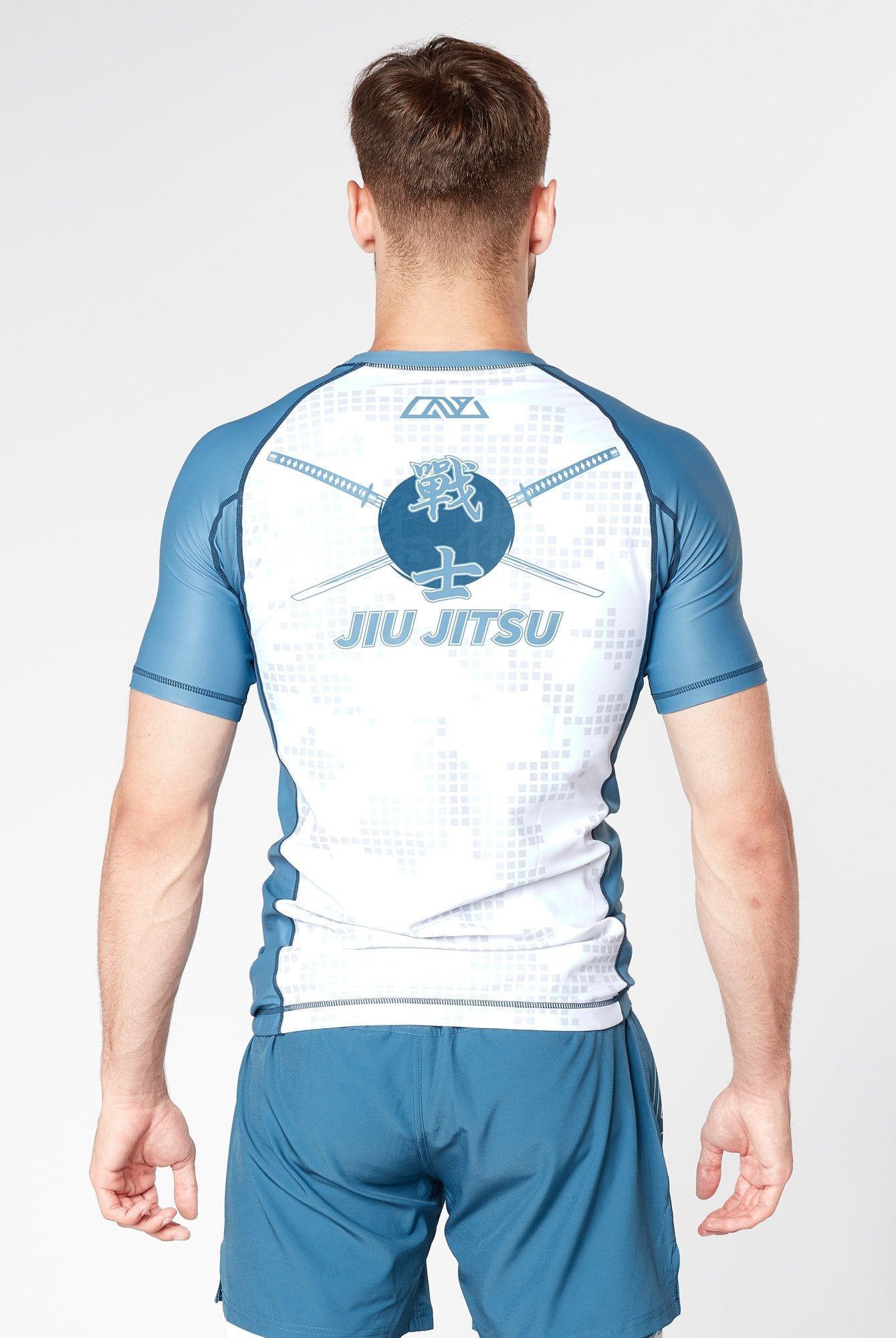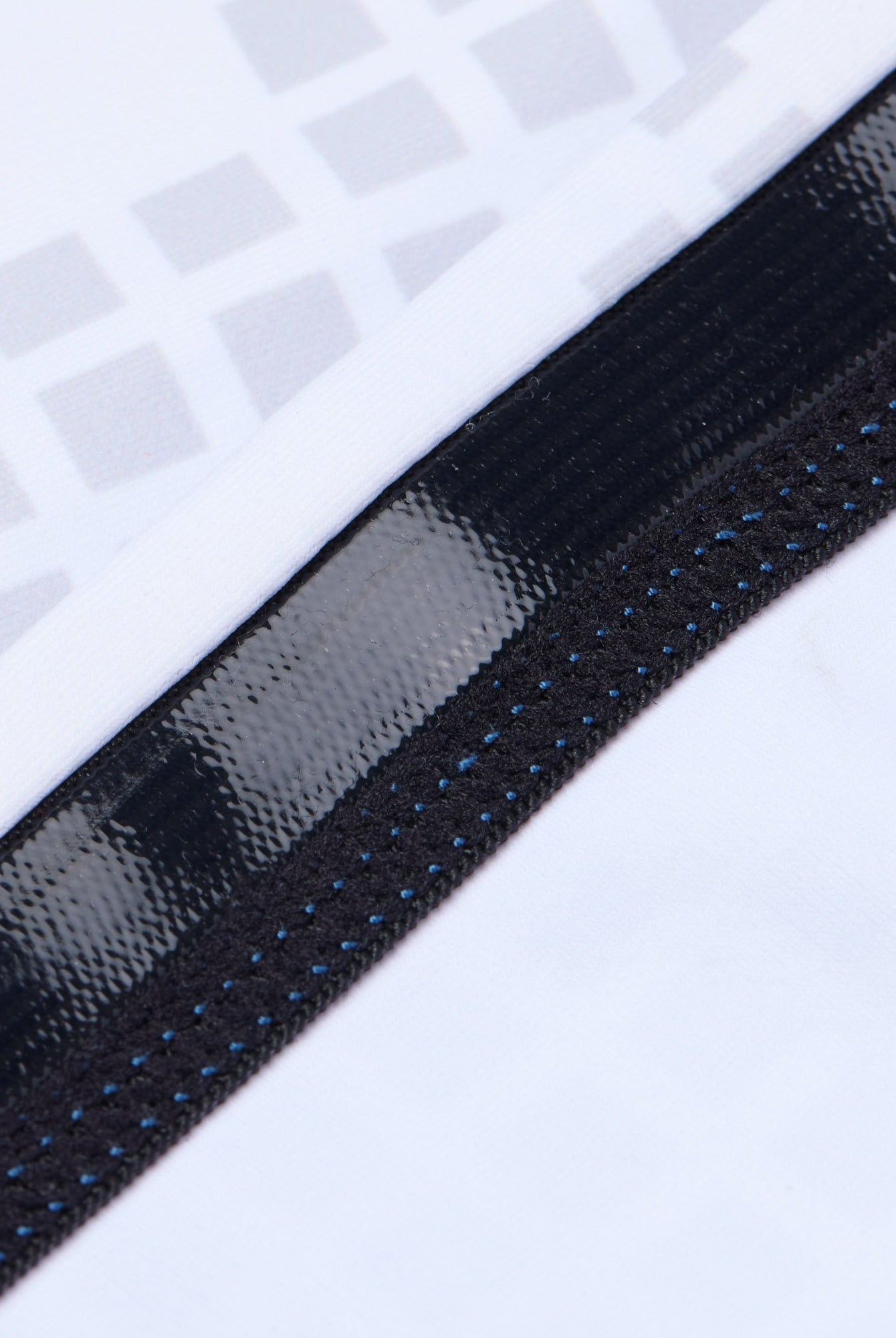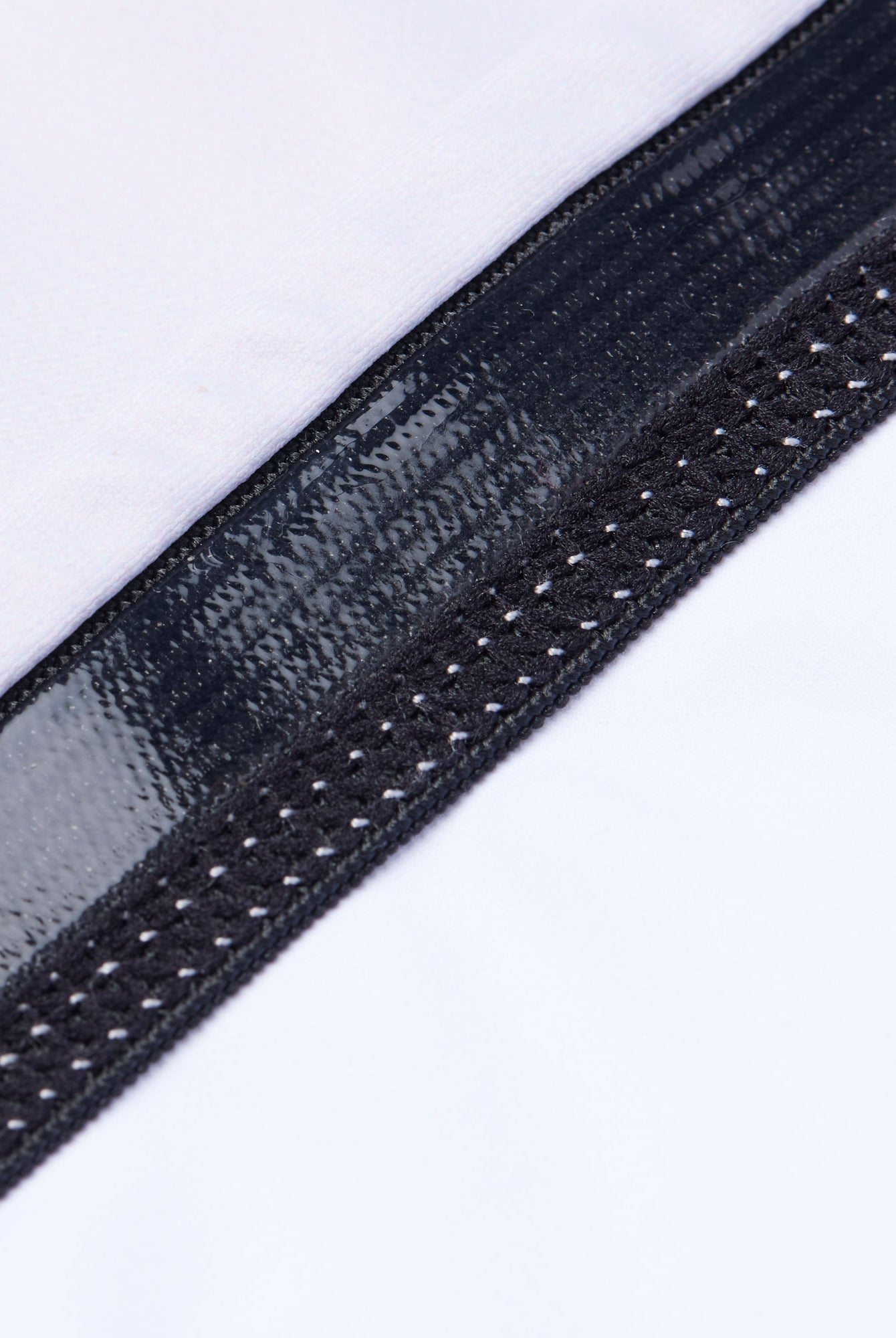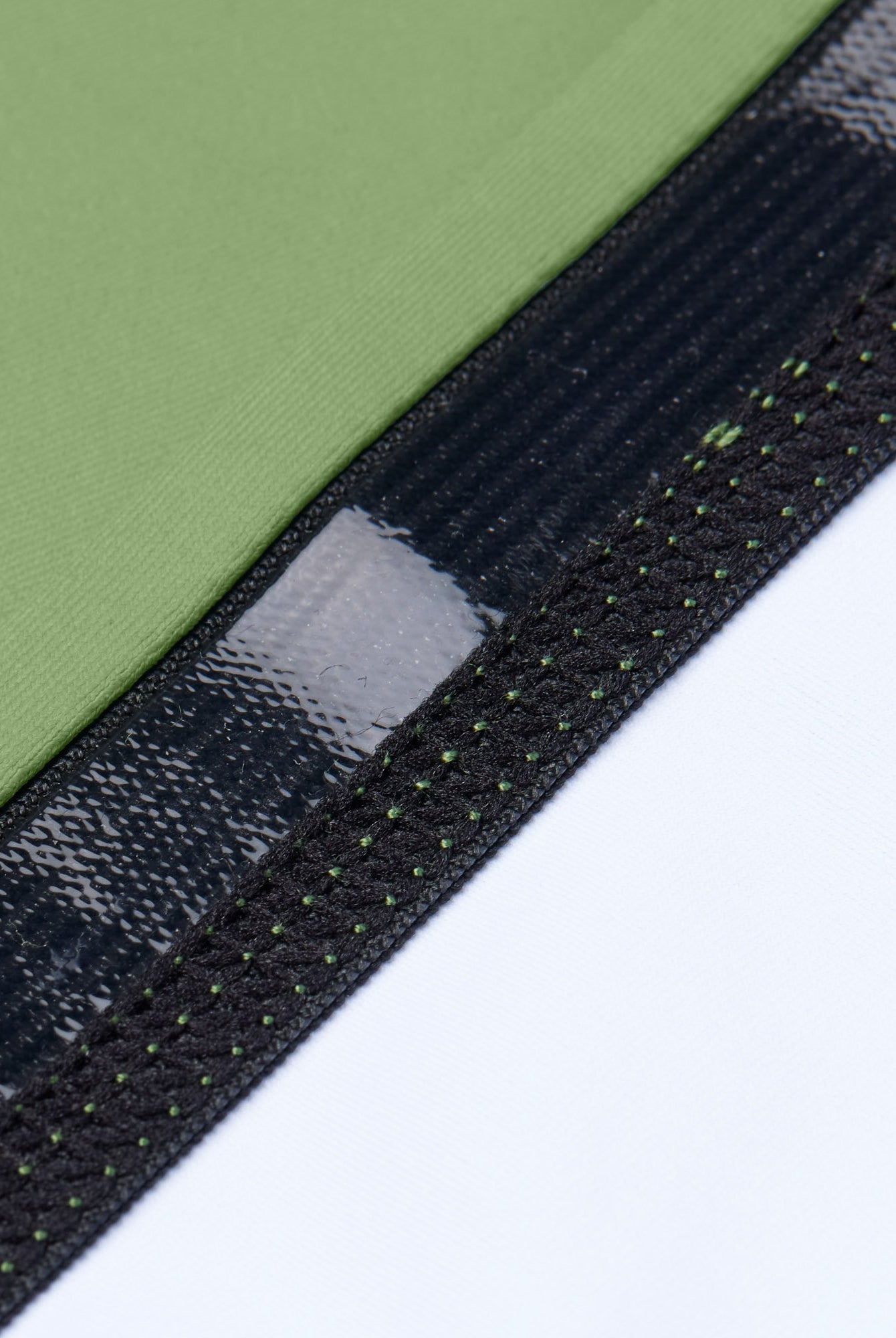Analyzing Effectiveness Of BJJ in Real Situations

Brazilian Jiu-Jitsu (BJJ) has gained a reputation for being a highly effective martial art focused on grappling and ground fighting. Many practitioners tout its effectiveness, but questions often arise regarding its utility in real-life street fighting scenarios. While BJJ offers valuable techniques for self-defense, it may not be the ultimate solution in every street altercation.
In a controlled environment like a dojo, BJJ practitioners can demonstrate their skills with rules and trained opponents. In contrast, street fights often involve unpredictability, multiple attackers, and the possibility of weapons. Thus, while BJJ teaches important principles of leverage and control, its effectiveness can be limited outside the ring.
BJJ equips individuals with confidence and the ability to defend themselves against larger opponents, but it is crucial to consider the broader context of self-defense. The reality of street fighting involves more than just grappling expertise; situational awareness and adaptability are equally important.
Understanding BJJ Fundamentals
Brazilian Jiu-Jitsu (BJJ) emphasizes leveraging technique and strategy rather than relying solely on strength. Its fundamentals encompass philosophy, core techniques, and practical application in various scenarios.
BJJ Philosophy and Strategy
BJJ is built on the philosophy of yielding to opponents while maintaining control. This principle allows practitioners to neutralize stronger or larger adversaries effectively. Key elements include:
- Leverage: Using body weight and positioning to gain advantages.
- Timing: Anticipating and reacting to opponents' movements.
- Position before submission: Prioritizing control over submission attempts to avoid losing advantageous positions.
Strategically, BJJ teaches students to remain calm under pressure. The ability to think critically during a confrontation can change the outcome significantly. This mindset is crucial in self-defense situations, where an emotional response might lead to mistakes.
Core Techniques and Positions
The effectiveness of BJJ in practical situations lies in its core techniques and positions. Fundamental skills include:
- Guard: A defensive position allowing the practitioner to control the opponent while preparing submissions or sweeps.
- Mount: A dominant position where the practitioner can apply pressure and execute submissions.
- Side Control: Offers a way to control the opponent while maintaining readiness for transitions or submissions.
BJJ techniques like arm locks, chokes, and escapes are vital. Regular practice helps practitioners develop muscle memory, making responses instinctive in high-pressure scenarios. These core techniques, combined with strategic thinking, equip individuals for effective self-defense.
Comparison with Striking Arts
When evaluating the effectiveness of Brazilian Jiu-Jitsu (BJJ) in street fights, it's crucial to compare grappling techniques with striking arts. Each discipline offers distinct advantages and disadvantages depending on the context of the encounter.
Striking Versus Grappling Effectiveness
Striking arts, such as Muay Thai and boxing, focus on delivering powerful hits to incapacitate an opponent quickly. They emphasize range, speed, and precision to maximize damage from a distance. This can be particularly advantageous in street fights where encounters are often unpredictable and can occur in open spaces.
In contrast, BJJ is centered around grappling, submissions, and positional control. It excels at neutralizing opponents and defending against strikes once the fight goes to the ground. While striking arts aim to finish the fight with knockout power, BJJ's strength lies in controlling the encounter, allowing a practitioner to manage aggression and leverage technique over sheer force.
Training Differences in BJJ and Striking
Training in BJJ primarily focuses on scenarios involving grabs, holds, and transitions to the ground. Students learn how to apply joint locks and choke submissions, which can be effective for controlling an opponent without relying on striking. The emphasis is on technique, timing, and body positioning to outmaneuver opponents.
Striking arts emphasize footwork, hand speed, and the effective use of offensive and defensive techniques. Routines include sparring, pad work, and technique drills designed to improve striking accuracy and power. The training environment often simulates real-world conditions, preparing students to respond swiftly to potential threats.
In summary, choosing between BJJ and striking arts for street encounters depends on factors like the situation, environment, and personal preferences in combat strategy.
Application in Self-Defense Scenarios
Brazilian Jiu-Jitsu (BJJ) offers specific advantages in self-defense situations while also presenting limitations. Understanding these aspects helps individuals create realistic expectations for its application in potential street confrontations.
Advantages of BJJ in Street Fights
BJJ focuses on grappling techniques and ground fighting, which can be beneficial in close-quarters scenarios. Many street fights end up on the ground, where BJJ practitioners can utilize their skill set effectively. Key techniques include:
- Submissions: BJJ allows a smaller person to control a larger opponent through joint locks and chokes.
- Positioning: Techniques like guard and mount create dominant positions, making it easier to neutralize threats.
- Control: The ability to control an opponent reduces the likelihood of injury to both parties.
These advantages highlight BJJ's effectiveness when a confrontation goes to the ground, emphasizing strategy over brute strength.
Limitations and Realistic Expectations
While BJJ has strengths, it is not without its limitations in a self-defense context. Main considerations include:
- Multiple Attackers: BJJ does not address the issue of facing multiple opponents, which can quickly escalate a situation.
- Environmental Factors: Uneven terrain or obstacles can hinder techniques typically executed in a controlled environment.
- Self-Defense Laws: Understanding local laws regarding the use of force is crucial, as BJJ techniques may not always be justified legally.
Individuals should consider these factors when relying on BJJ for self-defense, ensuring they are prepared for various scenarios.
Adapting BJJ Techniques for the Streets
Adapting Brazilian Jiu-Jitsu (BJJ) techniques for street confrontations requires modifications to standard practices. The focus shifts to effectiveness in unpredictable and dynamic situations.
Modifying Sport Techniques for Real-Life Confrontations
In a street fight, the rules of competition change dramatically. Certain techniques in sport BJJ may not be effective without the safety measures of a controlled environment.
For example, he may avoid relying on guard positions where he can be vulnerable to multiple attackers. Instead, he should emphasize techniques that allow for quick disengagement and escape.
Incorporating strikes or using the environment can also enhance BJJ effectiveness. Positions like side control and mount can transition into strikes or movement to safer areas. Adapting grips and holds to account for clothing, such as jackets or streetwear, is crucial.
Training for Unpredictable Situations
Training for street encounters must include scenarios that simulate unpredictability. This involves practicing techniques against opponents who may be aggressive or armed.
Drills that incorporate multiple scenarios, such as surprise attacks or environmental challenges, are essential. For instance, practicing takedowns in tight spaces helps build confidence.
He should also integrate self-defense strategies that involve de-escalation and avoidance techniques. Being aware of surroundings is critical; training should include situational awareness drills.
Incorporating diverse scenarios encourages adaptability, ensuring responses are effective regardless of conditions. The emphasis should be on practical application rather than isolated techniques.












































































































